In the world of photography, the equipment you use can often make a significant difference in the quality of your images. From top-of-the-line cameras to high-quality lenses, investing in professional gear for perceived gain in sharpness, micro-contrast, (insert photo nerd items here), etc. is often seen as a crucial step towards achieving great results. However, what happens when you pair a premium lens with a budget accessory? This is precisely what I embarked upon during a recent photo shoot, and the results were quite surprising, to say the least.
If you follow my work (and even if you don't, well congrats, now you do), you'll know I really like the look of film from the 90s. However, unlike a lot of other photographers, I don't have the patience (or bank account!) to shoot film full time for my work. Thus we need turn to old reliable, trying to emulate it in post.

My goal was to really mimic that faded film look in camera. I could get somewhat close in post, but it always looked artificial. I remembered my grandfather mentioning back in the day that photographers would rub vaseline on the front of their lens to get a "classical soft focus" effect. What a time. Of course, I'm had no intention of rubbing vaseline on my very expensive lens so I went to the next best thing, a lens filter. Easy enough right? I have plenty of filters like the Tiffen Black Pro Mist and the Moment Cinebloom.

I very quickly realized something, these filters were almost too controlled. Did they give me that haze film effect? Somewhat. They really only worked when there were bright points of light in the image, otherwise I couldn't particularly tell that there was a filter on. No good! Next I tried Amazon, specifically looking for the cheapest filter I could find because anything higher-priced would probably be too high quality for my use case. And then I found it:

It was perfect. Cheap, bad quality glass, and when I put it on it looked like my lens had fogged up. Filmic?! I loved it. So equipped with my trusty Canon R5 and RF 24-70 2.8L, a lens renowned for its exceptional sharpness and clarity, I set out to capture a series of portraits directly contradictory to, well, exceptional sharpness and clarity (sorry Canon).
As the shoot progressed, I noticed that while the filter did introduce minor distortions and imperfections, it also created a unique aesthetic that added character to the images. Far from detracting from the quality of the shots, these imperfections served to inject a sense of authenticity and rawness that enhanced the overall mood of the photos. With some tweaking and color-grading in Lightroom, I ended up with one of my favorite photo sets to date.
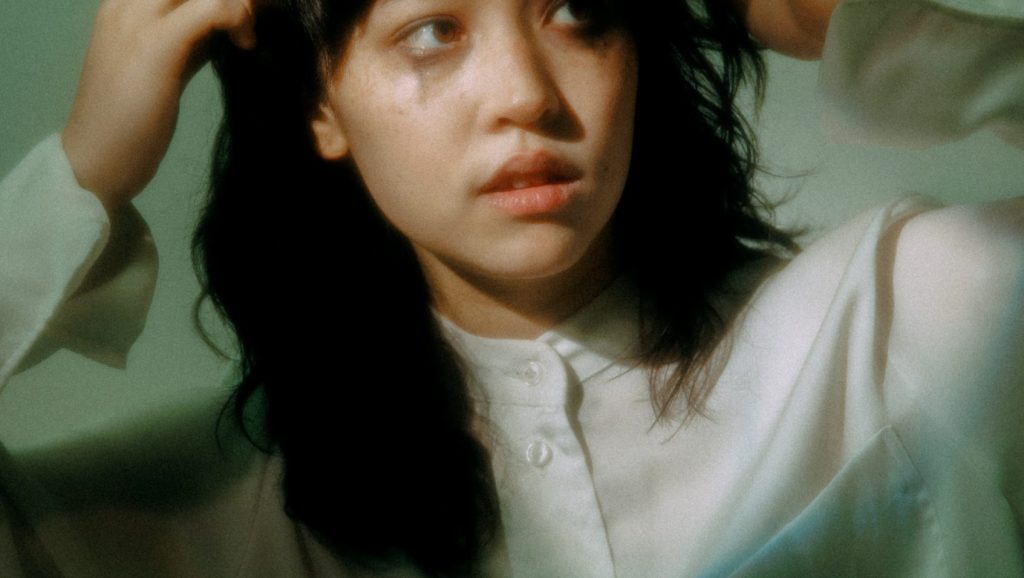
In a world where photography is often synonymous with gear acquisition and technical perfection, it can be easy to lose sight of the artistry and imagination that lie at the heart of the craft. This shoot served as a reminder to myself that sometimes, it's the unexpected combinations and happy accidents that lead to the most memorable and impactful photographs.
So the next time you find yourself hesitating to push the boundaries or step outside your comfort zone, remember the lesson learned from my experiment. Embrace the constraints, embrace the imperfections, and above all, embrace the creativity that comes from daring to do things differently. After all, it's often the unconventional choices that lead to the most extraordinary results.
Camera: Canon R5 @ iso 400, 1/200th, f/2.8
Lens: RF 24-70 2.8L @ 5.6
Lighting: Key: Godox AD200 with spotlight attachment. Fill: Godox AD200, bare and aimed at the ceiling
Edited in: Lightroom Classic
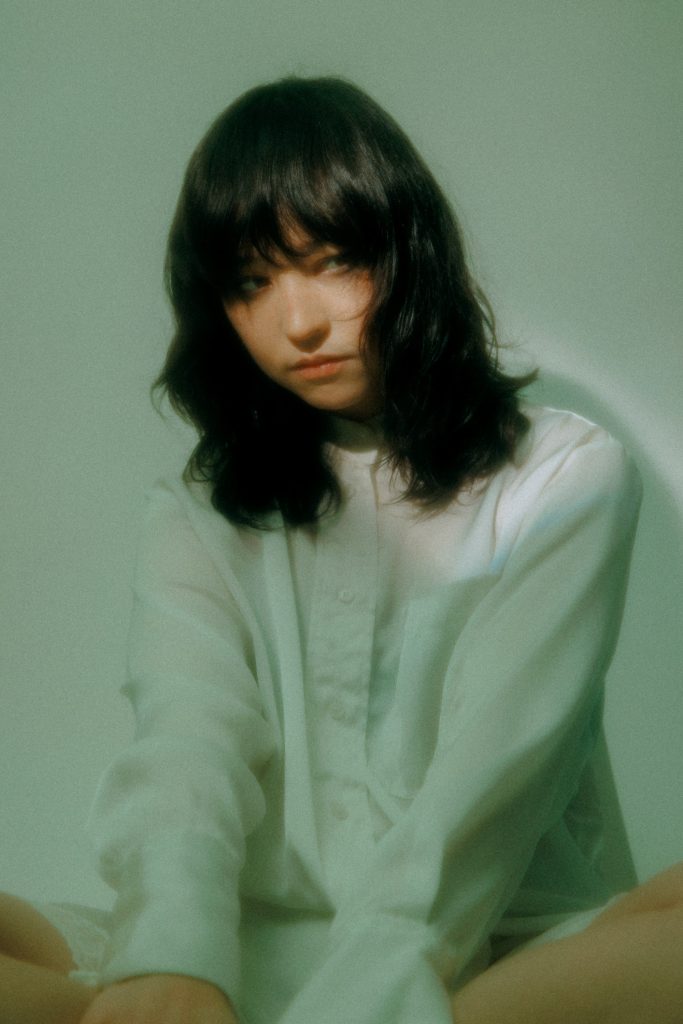
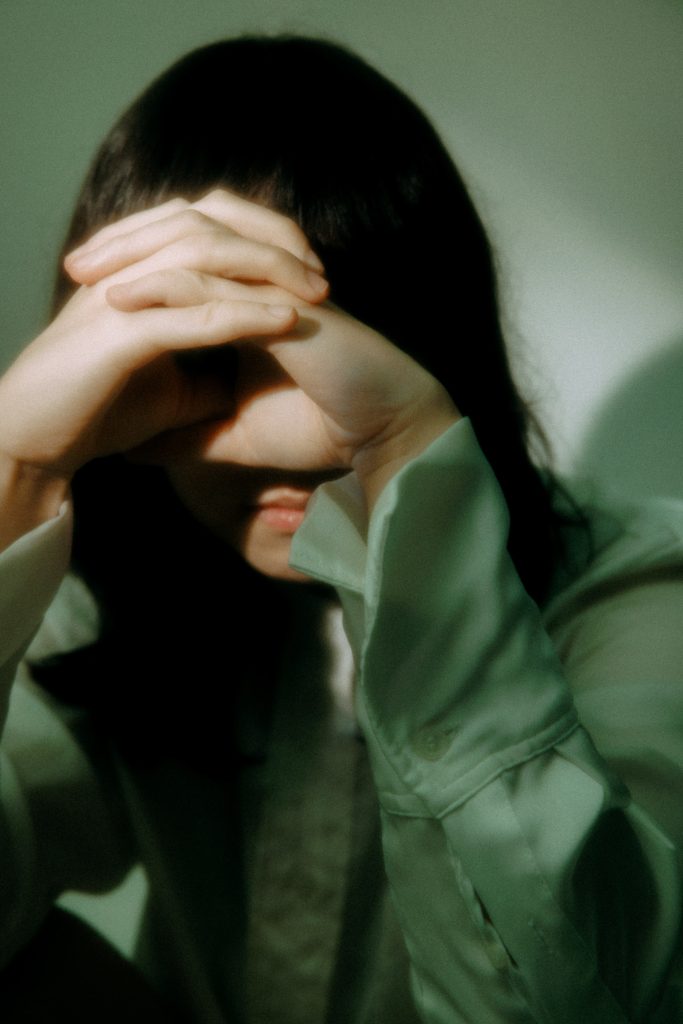





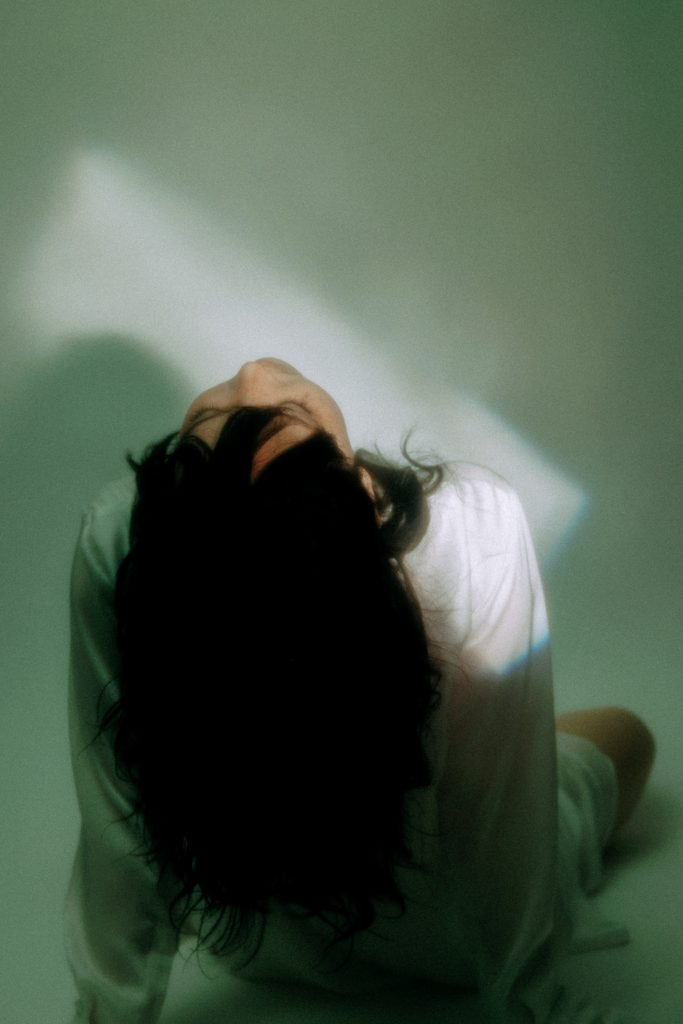
No Comments.